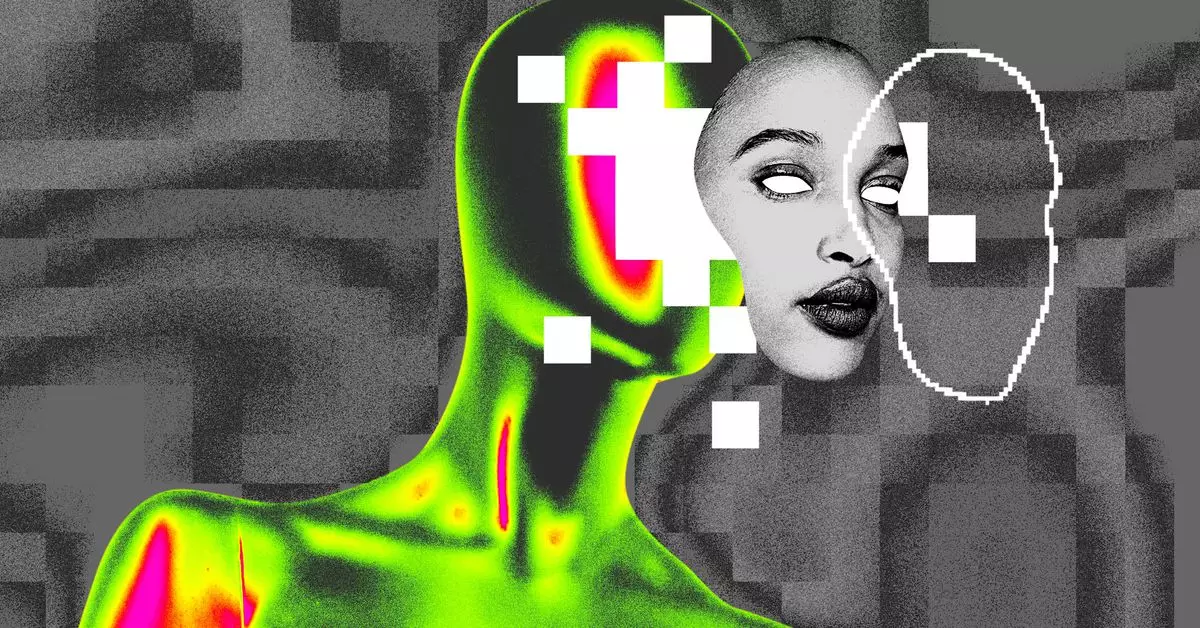As social media continues to shape self-perception, platforms like TikTok are grappling with the implications of their aesthetic tools, particularly for younger users. With over 175 million active users in Europe alone, TikTok has recognized the urgent need to implement age restrictions on certain beauty filters amidst growing concerns regarding mental health among its teen demographic. By focusing on the psychological effects of altered images, TikTok is not only acknowledging the issue but also taking proactive measures to ensure a healthier online environment.
In a recent announcement made at TikTok’s European Safety Forum in Dublin, the platform detailed plans to restrict under-18 users from accessing specific appearance-altering effects. While the intention is clear—to safeguard the mental well-being of teen users—the execution opens a dialogue about the fine line between creative expression and the pressure to conform to an unrealistic ideal. Notably, filters that produce overtly humorous effects, like adding animal ears, will remain available, suggesting TikTok’s strategy to differentiate between light-hearted customization and more serious beautifying filters that can distort reality.
One of the most scrutinized features, the “Bold Glamour” filter, exemplifies this challenge. It applies significant alterations to users’ appearances, making it difficult to discern reality from enhancement. Young users, often lacking the experience to critically view such alterations, may struggle with body image issues exacerbated by these seemingly “perfect” portrayals. The emphasis on setting age restrictions reflects a necessary step in promoting digital wellbeing.
TikTok’s decision is largely influenced by a report from Internet Matters, which underscores the detrimental effects beautifying filters can have on children’s self-perceptions. The report highlights a disturbing trend where young individuals internalize these altered images as normalized standards of beauty, leading to increased social pressure and mental health struggles. In response to these findings, TikTok is not only implementing restrictions but also expanding educational resources to help users navigate these challenges.
The new initiative includes connecting individuals who report concerning content—be it related to self-harm, hate speech, or harassment—to local support services across 13 unspecified European countries. This move acknowledges that digital experiences can affect mental health, and proactive measures can facilitate necessary support for vulnerable users.
Moreover, TikTok is working on new technologies to identify users under the age of 13, which directly counters the platform’s minimum age policy. This approach, alongside the possibility of appealing for account reinstatement if a user believes their account has been mistakenly deleted, reveals a commitment to creating an environment of fairness and accountability, even as they enforce strict policies.
Christine Grahn, TikTok’s European public policy head, has stated that the journey toward enhanced safety features is ongoing. Her remarks encapsulate the platform’s broader mission to adapt and evolve based on community input and expert guidance. This ambition to continually learn and improve is vital in maintaining user trust, especially among the younger audiences who are the most impressionable.
While current changes address immediate concerns, the future of TikTok’s approach to beauty filters and mental health remains to be seen. Will these restrictions be implemented globally? Will they be effective in reducing body image issues among teenagers? Only time will tell if TikTok’s initiatives can make a significant impact.
In an era where social media platforms wield considerable influence over personal identity and self-worth, TikTok’s commitment to user safety, particularly of its younger audience, is commendable and necessary. As these changes roll out, it is crucial for all stakeholders—parents, educators, and teens—to engage in discussions about digital literacy and the effects of social media on mental health, ensuring that platforms like TikTok can become a force for positivity rather than pressure.


Leave a Reply